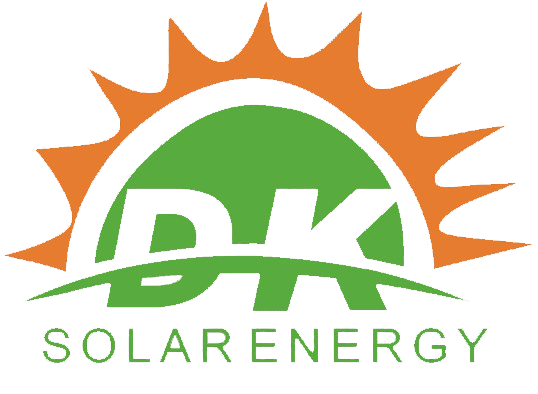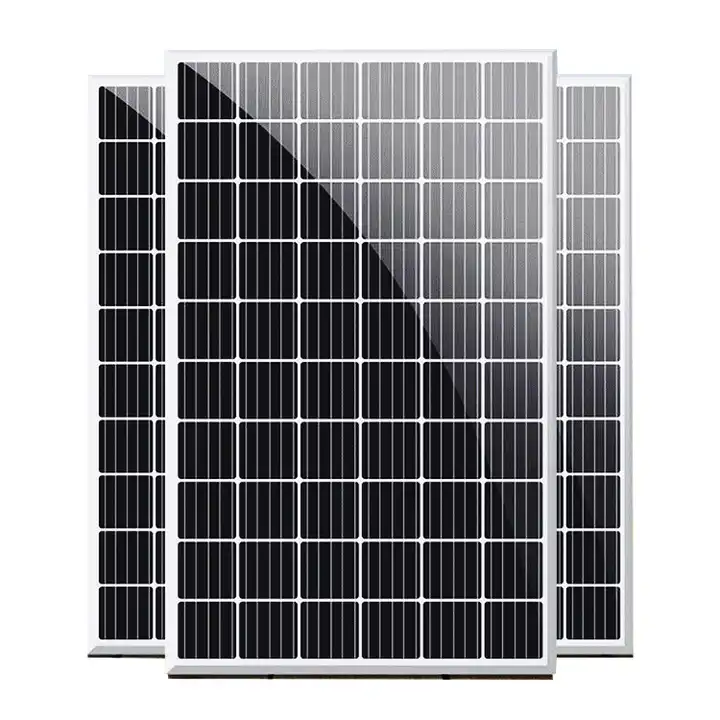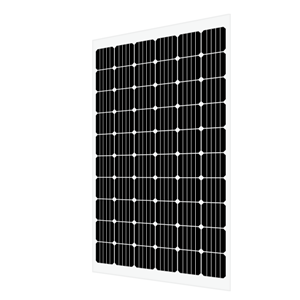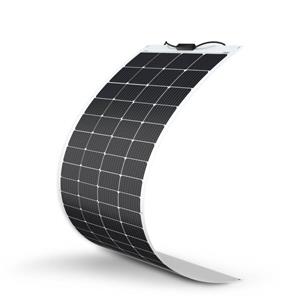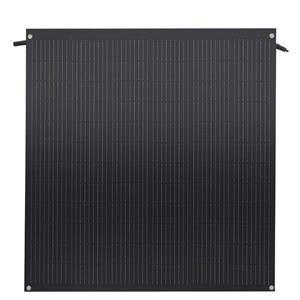The effect of Photovoltaic Welding Strips on Solar Module
Solar PV ribbon are an important part of every mainstream solar panel for interconnecting solar cells and providing connection with junction boxes The photovoltaic wire is a tin-plated copper strip with a width of 1-6mm and a thickness of 0.08-0.5 mm and the coating thickness of 10-30 μ m .
There are two types of PV ribbon used in PV modules: interconnection tabbing wire and PV bus bar. Both are required in a typical silicon solar cell panels.
PV tab wire which is welded directly to silicon crystals to interconnect solar cells in solar panels.
The interconnect strips carry the current generated by the solar cell to the photovoltaic bus bar. Then Photovoltaic busbars are hot-dip tinned copper conductors installed around solar panels. The photovoltaic bus connects the interconnect bar to the junction box. Thin film solar panels usually only require bus bars.
Photovoltaic solar ribbon is a key component in solar panels and an important factor in improving the efficiency and durability of solar panels. The high efficiency and durability of solar panels can only be achieved through high-quality photovoltaic welding strips properly installed in solar panels. High-quality photovoltaic welding strips can also improve the production efficiency of solar panels and reduce the scrap rate. The quality of the photovoltaic welding strip and its welding with the solar cell is an important factor in ensuring the efficiency and durability of the solar panels.
